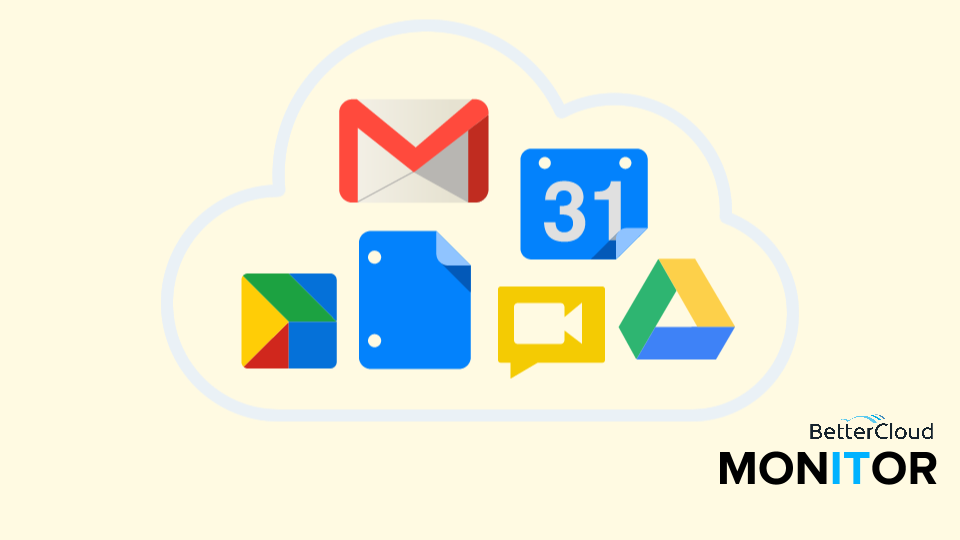Enterprise Approach to a Google Apps Deployment
3 minute read

The Enterprise Deployment is a phased Google Apps deployment in which the organization is brought live in three phases; Core IT, Early Adopters and Global Go-Live. The purpose of the first phase (Core IT) is to allow the IT team to test in a live environment for any usability or technical issues. The second phase (Early Adopter) is for select employees to become the champions and early adopters of the technology in order to assist and train others.
The period from the start of this first phase until the global go live is considered a “co-existence” period as groups of users are accessing mail on different systems. In order to test in a live environment, mail is routed directly to Google and back to the legacy system for users that are not yet live. Routing in this manner is considered “dual delivery” as the mail passes through both inboxes. You are able to route first from the legacy server to Google, though this method lends less to a “true” live environment than may be necessary to replicate for testing purposes.
Initial and delta migrations are performed in each of the three phases similar to the Global Go-Live deployment. This approach is championed by Google Inc. and gives the most time to testing and training than the other approaches.
Advantages in this approach
The Enterprise Deployment is championed by Google because of the calculated and strategic approach to the rollout. All things held equal (time, resources, IT skills and project management capabilities), this approach likely gives organizations the best chance of success for a smooth rollout. The strategic approach of first testing and then training are core to this deployment and given the time and resources, these are best practices in any technology implementation.
Disadvantages in this approach
Although the Enterprise Deployment can be seen as the “blueprint for success” it does not always make sense for every organization. This approach is very time and resource intensive and if the project is not managed properly the deployment can be derailed. IT teams can get bogged down in testing, Early Adopters can get hung up on features and functionality and ultimately the project can double or triple in time to global go-live.
A common problem seen in this approach is the level of effort involved and high probability of creating technical issues in configuring your environment for co-existence. An activity that is solely for testing purposes can cause more issues than the deployment tasks themselves. This can often derail a project in the early stages while in other deployments it is not even executed.
Consideration in the approach
When deciding on whether to choose the Enterprise Deployment, you will want to consider how critical the testing of your environment in a live setting is to the success of your deployment. Rerouting mail flow prior to the global go-live and rolling out Google Apps in multiple phases is an investment that can either pay off or become a detriment to the deployment. We recommend evaluating the needs of your organization to determine if this deployment approach is worth that investment.
Why you may want to invest in an Enterprise deployment:
- Your current infrastructure is configured with many business critical integrations that require a live environment to fully test and ensure their is no downtime at the point of go-live for any of these applications
- Your organization has a need for a strong group of early adopters that are well versed on the technology and have been utilizing it in a live environment for a significant period of time
- You do not feel comfortable relying on the migration tool and log files to ensure mail is migrated properly and would prefer to run tests in a live environment prior to migrating the entire organization
Why you may not want to invest in an Enterprise Deployment:
- You have a time sensitive and critical need to deploy as soon as possible
- You do not have the resources or budget to add project efforts and/or fully dedicate resources to each of the three phases of testing, training, and deploying
- You do not want to risk the potential for technical and organizational issues in the added complexity involved in segmenting the migration, configuring dual delivery mail routing, and overall project management
- Your environment is rather simple and your organizational culture allows for a somewhat “riskier” global go-live approach
The Enterprise Google Apps deployment approach is touted by Google and is a great way to gradually and strategically deploy Google Apps. Our Google Apps Deployment Guide describes some uncommon deployment approaches that are less resource intensive and more effortless.
This article is Part 5 of Google Gooru’s Comprehensive Guide to a Google Apps Deployment. To access the entire guide for FREE, please fill out the form located here.






